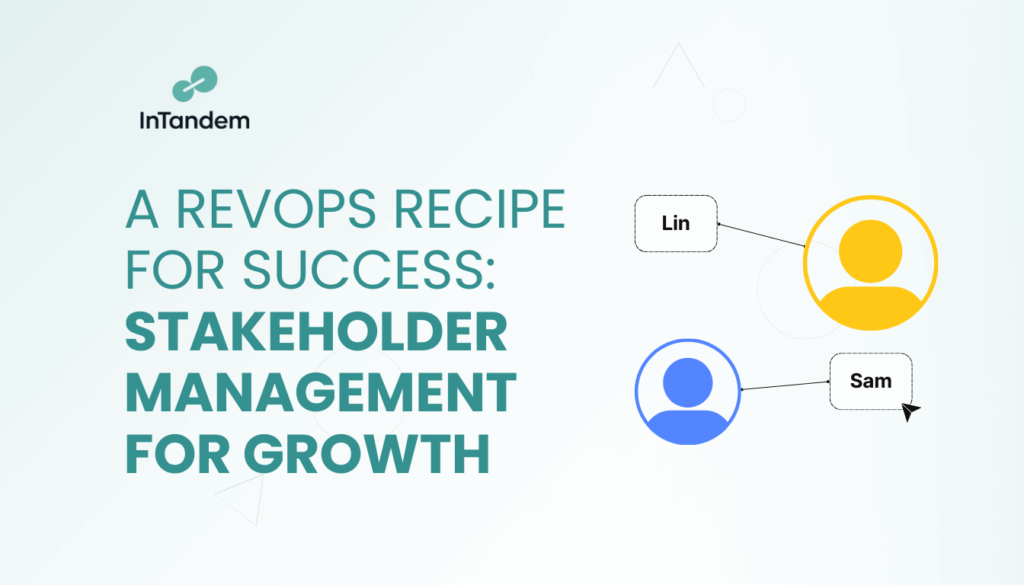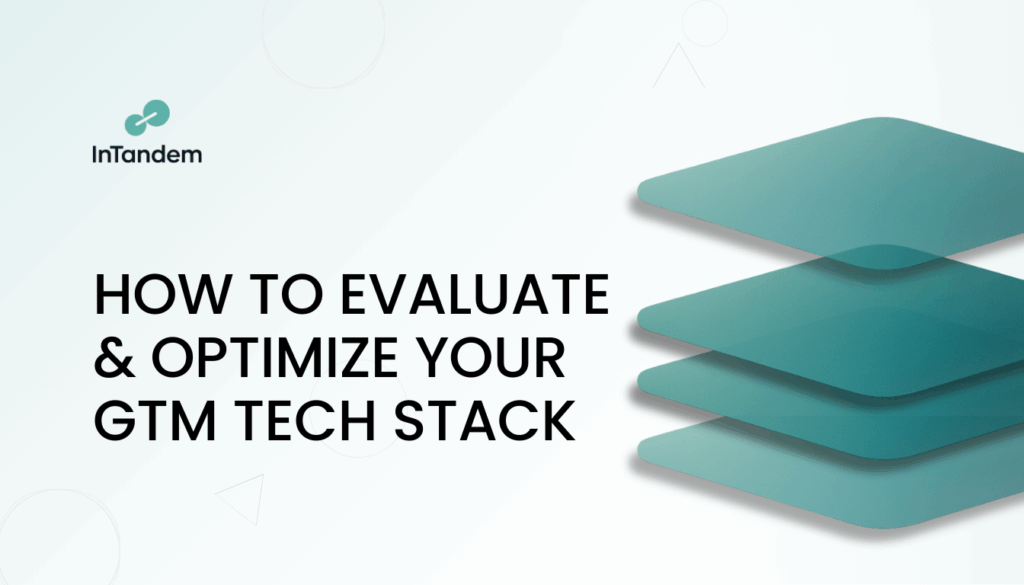5-Phase Customer Expansion Playbook for Sustainable Growth

Article Highlights
Expanding revenue from existing customers is one of the most cost-effective ways to grow your business. Yet, many companies focus on acquiring new leads while overlooking opportunities within their current customer base. A structured approach to customer expansion can help maximize retention, drive growth, and increase customer lifetime value (CLV).
This playbook is structured into five key phases, each focusing on a crucial aspect of customer expansion. While some companies may execute these phases within a week, others might take several months to implement them effectively. The key is consistency and iteration.
Is This Blog for You?
Not every playbook is suitable for every business. Before diving in, see if this one is the right fit for you.
This Blog Is for You If:
- You want to maximize revenue from your existing customers.
- You sell subscriptions, services, SaaS, or products with upsell/cross-sell potential.
- You are looking for a structured, repeatable process to increase expansion revenue.
- You want to improve customer retention and long-term engagement.
- You track customer engagement, renewals, and usage data.
- You are curious to learn more about our approach.
This Blog Is NOT for You If:
- You sell a one-time product or service with no recurring revenue.
- Your primary focus is only new customer acquisition, not expansion.
- You do not track customer engagement, product usage, or renewals.
What You Need to Get Started
Before diving into customer expansion, ensure you have the right foundation in place:
- Team Alignment: Identify key stakeholders such as Revenue Operations, Sales, and Customer Success to lead the process.
- Essential Tools: A well-integrated CRM, customer success platform, and analytics tools to track engagement and expansion opportunities.
- Key Metrics to Monitor: Expansion revenue, churn rate, Net Promoter Score (NPS), and customer health scores.
- Tracking & Collaboration: Use platforms like Notion, Asana, or Monday.com to document progress, track insights, and streamline execution.
By ensuring these foundations are in place, you can execute each phase effectively. Now, let’s start.
Phase 1: Pinpoint Your Best Expansion Bets
Who’s Involved: Sales Ops, Customer Success Manager, CRM Admin
Why This Matters:
Not all customers are created equal. Some accounts are ready to expand, while others may be at risk of churn. Identifying the highest-potential accounts allows your team to focus on the right opportunities and avoid wasting resources.
Action Plan:
- Segment Your Customer Base – Dive into your CRM and sort customers based on revenue potential, engagement, and usage patterns. Who’s thriving? Who’s not?
- Define Expansion Signals – Look for key growth indicators such as increased product usage, feature adoption spikes, or customers asking about additional services.
- Rank Accounts by Potential – Prioritize accounts that align with your product roadmap and show strong growth trends. The bigger the opportunity, the higher they go.
- Assign Owners – Every high-potential account should have a dedicated rep who actively manages their expansion strategy.
Key Outcomes:
- High-potential accounts identified and prioritized
- Percentage of total accounts flagged for expansion
- Improved data accuracy and completeness
- Alignment across teams on expansion criteria
Phase 2: Deepen Customer Connections (and Open the Door to Expansion)
Who’s Involved: Sales Ops, Customer Success, Account Manager
Why This Matters:
Building strong customer relationships improves retention and creates growth opportunities. Reducing churn and driving expansion requires more than occasional check-ins—it takes a structured approach to understanding needs, providing value, and keeping customers engaged.
Action Plan:
- Identify Customer Needs & Growth Potential – Use surveys, CRM data, and engagement metrics to assess customer goals, challenges, and expansion potential. Segment accounts based on key milestones (e.g. onboarding, feature adoption, renewal period) and risk factors (e.g. low engagement, support issues, churn signals) to determine the right level of support.
- Build a Customer Success Playbook – Develop a structured engagement plan aligned with customer milestones (onboarding, renewals, expansions). Define clear success benchmarks and proactive strategies for each phase to drive retention and growth.
- Set Up Real-Time Customer Insights – Identify the must-have data points (product usage, support tickets, feature adoption), then create live dashboards in your CRM or success platform. This visibility lets your team monitor account health and act quickly when signals of risk or growth appear.
- Schedule Strategic Business Reviews (SBRs) – For high-value accounts, book time to review progress, align on goals, and surface expansion opportunities.
Key Outcomes:
- Customer success playbooks finalized
- Percentage of key accounts with real-time customer insights set up
- Number of SBRs scheduled with high-value customers
Phase 3: Build a Smarter Upsell & Cross-Sell Strategy
Who’s Involved: Sales Ops, Marketing Ops, CRM Admin
Why This Matters:
A well-timed upsell or cross-sell can significantly boost revenue—if it’s done right. Generic offers and broad outreach often fail. Customers are more likely to expand when offers are timely, relevant, and aligned with their needs. A data-driven approach ensures the right customers receive the right offers at the right time.
Action Plan:
- Analyze Purchase Trends – Dive into CRM and sales data to identify patterns in past upsells and cross-sells. Look for common triggers, industries, and behaviors that led to successful expansions.
- Alternative Approach (If Data Is Limited) – If historical data isn’t available, gather insights through customer conversations, industry benchmarks, and segmentation. Identify which customer profiles are likely to benefit from an upsell based on their needs, company size, or product usage trends.
- Develop an Expansion Playbook – Define a structured approach, including customer segmentation, objection-handling strategies, and personalized value propositions tailored to different buyer personas.
- Set Up Data-Driven Triggers – Use product usage and engagement data to automate timely upsell and cross-sell recommendations, ensuring offers are relevant and well-timed.
- Launch a Targeted Expansion Campaign – Identify 10-15 high-potential accounts and test outreach strategies with personalized messaging and exclusive incentives. Track responses and refine your approach based on engagement.
Key Outcomes:
- High-potential accounts engaged in expansion outreach
- Percentage of accounts with upsell and cross-sell opportunities identified
- Initial outreach strategies tested with measurable response rates
Phase 4: Lock in Renewals & Minimize Churn
Who’s Involved: Sales Ops, Customer Success, Account Manager
Why This Matters:
Sustaining revenue growth requires both expansion and retention. Customers who are at risk of churning don’t always voice their concerns, making it essential to identify and address potential issues early. A proactive retention strategy ensures long-term customer engagement.
Action Plan:
- Identify At-Risk Customers – Set up CRM-based triggers (or manual reviews if CRM data is limited) to flag customers showing signs of declining engagement, reduced product usage, lower order frequency, or unresolved support issues.
- Conduct Retention Reviews – For subscription or contract-based businesses, identify customers with renewals due in the next 90 days and address risks early. For non-subscription businesses, analyze repeat purchase behavior and proactively reach out to customers who haven’t bought within their typical cycle.
- Personalize Retention Strategies – Craft targeted retention strategies based on the customer’s needs—whether it’s a renewal incentive, a product/service refresh, or exclusive support offers.
Key Outcomes:
- At-risk customers identified and flagged for follow-up
- Percentage of renewals proactively addressed
- Retention plans developed for high-risk accounts
Phase 5: Create a Repeatable Customer Expansion Process
Who’s Involved: RevOps Manager, Sales Ops, Finance
Why This Matters:
Customer expansion should be a repeatable process, not a one-time initiative. A structured framework ensures ongoing revenue growth by providing a clear approach to identifying, nurturing, and converting expansion opportunities at scale.
Action Plan:
- Document Best Practices – Create an internal knowledge base that captures winning expansion strategies, successful outreach tactics, and lessons learned. Make it easily accessible to sales, customer success, and RevOps teams.
- Automate Customer Check-Ins – Set up automated email sequences or chatbot-driven touchpoints to maintain regular engagement with customers, uncover new opportunities, and ensure proactive support.
- Measure, Learn, and Iterate – Schedule quarterly reviews of expansion performance, refine playbooks based on results, and optimize workflows based on customer feedback.
Key Outcomes:
- Expansion framework documented and accessible for cross-team alignment
- Automated customer check-ins implemented for scalable engagement
- Consistent process established for identifying and acting on expansion opportunities
FAQs: Addressing Common Concerns
How do we know which customers to focus on?
Let the data guide you. Look at product usage trends, engagement levels, and purchase history. Customers who frequently interact with your team, actively use your product, or have a strong renewal history are your best bets for expansion.
What if customers push back on upsells?
Make it about them, not the sale. Frame upgrades as solutions to their challenges rather than just another expense. Show real value with case studies, testimonials, and ROI examples.
Who should own customer expansion?
Customer expansion should be a team effort, but leadership typically falls to Revenue Operations, Sales Ops, or Customer Success Leadership. They should work closely with sales, marketing, and RevOps teams to ensure a seamless strategy.
How do we keep teams aligned on expansion efforts?
Consistency is key. Regular cross-functional check-ins, shared dashboards, and a well-documented expansion playbook keep everyone on the same page and working toward the same goals.
What tools can help streamline this process?
Choosing the right tech stack is essential for scaling revenue operations and optimizing customer expansion efforts. Platforms like Salesforce, HubSpot, Gainsight, and Tableau make it easier to track customer health, monitor engagement, and spot expansion opportunities before they slip through the cracks.
Final Thoughts: Scaling Customer Expansion
Customer expansion isn’t a one-time project—it’s a continuous, strategic process. By following this 5-phase playbook, you’re building a scalable, data-driven approach to maximize revenue from your existing customers.
Next Steps: Start by implementing Phase 1 today—identify your highest-potential accounts and set clear ownership. Track your expansion progress, adjust strategies, and optimize for long-term success
Revenue Operations Manager RevOps Stakeholder Management
A RevOps Recipe for Success: Stakeholder Management for Growth
Wed Nov 13, 2024
Compensation Planning RevOps Sales Compensation
How to Evaluate & Optimize Your GTM Tech Stack
Sun Oct 13, 2024






